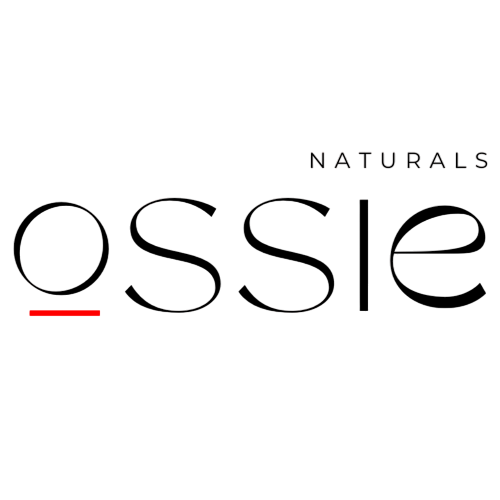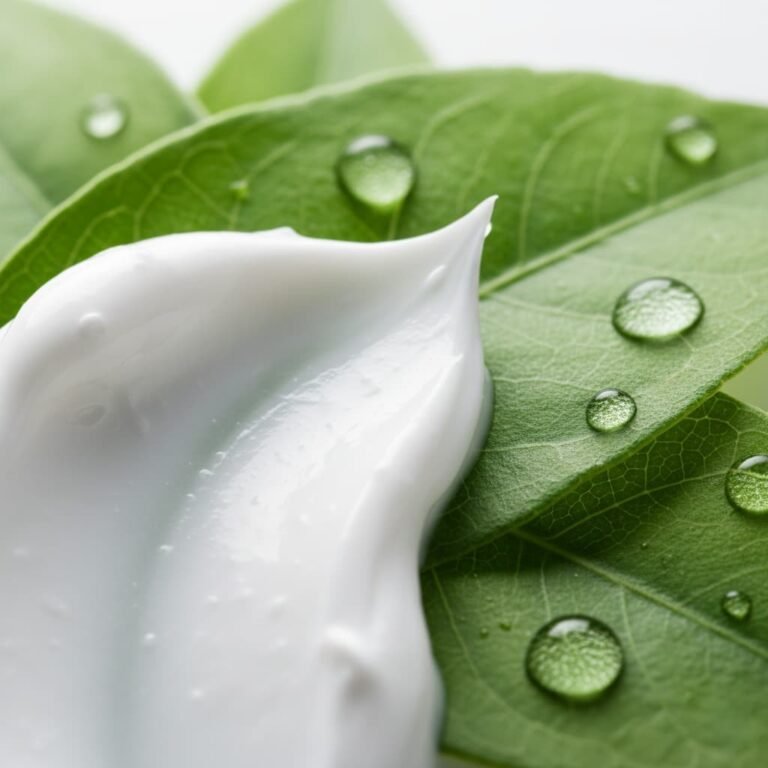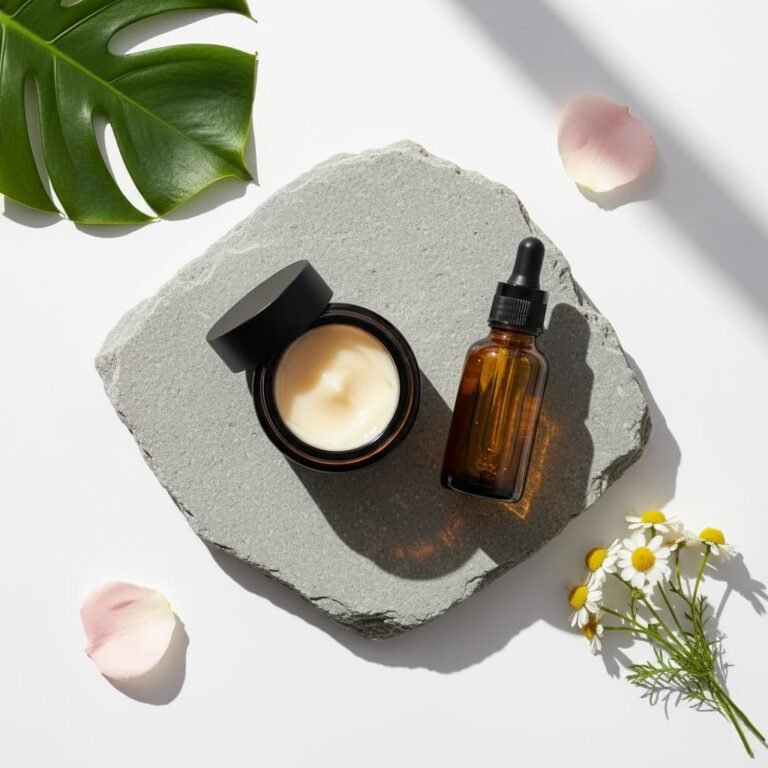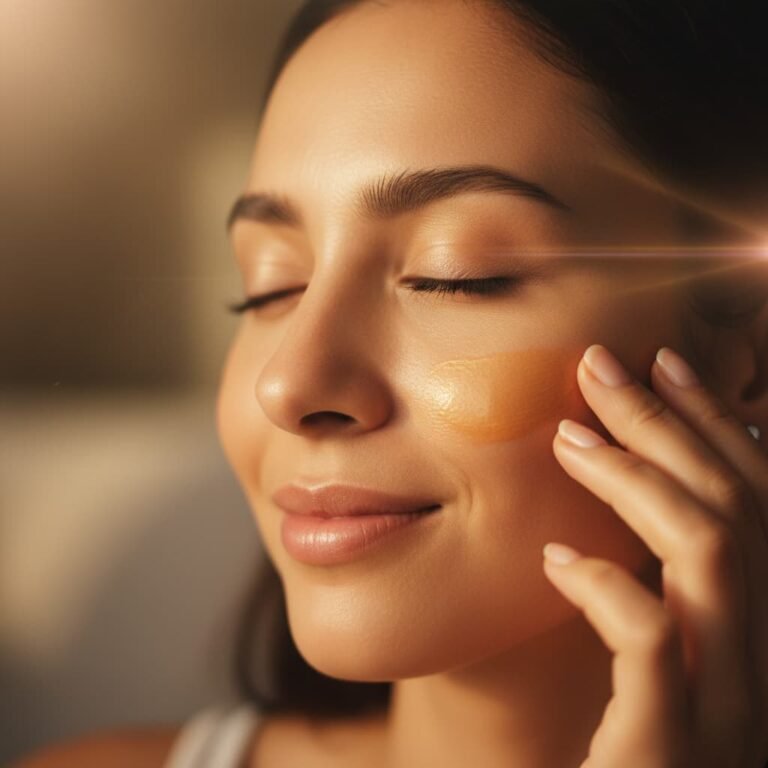The Truth About Tallow in Skincare: Why This Ancient Ingredient Outperforms Modern Alternatives
Discover why beef tallow's fatty acid profile matches human sebum better than any plant oil, delivering superior absorption & lasting hydration for all skins
The Uncomfortable Reality Most Skincare Brands Won't Tell You

When I tell people that beef tallow is scientifically superior to most expensive moisturisers on the market, the reaction is predictably polarised. Skincare enthusiasts either lean in with genuine curiosity or recoil with visible disgust. Here’s the uncomfortable truth: your great-grandmother’s skincare routine was likely more effective than your current ten-step regimen, and the science backs this up completely.
The modern skincare industry has convinced us that synthetic compounds and exotic plant extracts are inherently superior to traditional ingredients. This marketing narrative has obscured a fundamental biological reality – your skin evolved alongside animal fats, not laboratory-created molecules. Let me walk you through why tallow deserves serious consideration in evidence-based skincare.
The Historical Foundation: More Than Folk Wisdom
The use of animal fats in skincare spans virtually every civilisation throughout recorded history, but this wasn’t simply a matter of using whatever was available. Archaeological evidence reveals sophisticated rendering and preparation techniques across cultures, suggesting our ancestors understood something profound about tallow’s effectiveness.
Egyptian pharaohs were buried with carefully prepared animal fat-based cosmetics, formulated with precise ratios of different fats and oils. Roman bath houses incorporated tallow-based cleansers and moisturisers as standard practice. Medieval European manuscripts contain detailed instructions for rendering and purifying tallow specifically for skincare applications. These weren’t primitive societies making do with crude materials – these were advanced civilisations that had access to numerous alternatives yet consistently chose tallow for skin health and other natural ingredients.
The transition away from tallow-based skincare coincided with industrialisation and mass production, not with superior alternatives. The shift occurred primarily because plant-based ingredients were easier to standardise, had longer shelf lives, and could be produced at scale with consistent profit margins. Consumer preference followed marketing, not performance.
The Biochemical Reality: Why Tallow Works at the Molecular Level
The effectiveness of tallow stems from its remarkable similarity to human sebum, the natural oil your skin produces. This isn’t coincidental – it reflects millions of years of mammalian evolution. When we examine the fatty acid profiles, the compatibility becomes undeniable.
Human sebum contains approximately 25% palmitic acid, 24% oleic acid, and significant amounts of stearic acid. High-quality beef tallow contains nearly identical ratios: 26% palmitic acid, 19% oleic acid, and 25% stearic acid. This biochemical mimicry means your skin recognises tallow as familiar rather than foreign, leading to superior absorption and utilisation.
The molecular structure of tallow’s triglycerides allows it to penetrate the stratum corneum (your skin’s outer barrier) without disrupting the lipid bilayer structure. Most plant oils, despite their benefits, have different molecular weights and fatty acid profiles that don’t integrate as seamlessly with human skin architecture.
Tallow also contains fat-soluble vitamins (A, D, E, and K) in their most bioavailable forms. Vitamin A appears as retinol, not plant-based carotenoids that require conversion. Vitamin D exists as cholecalciferol, the same form your body synthesises from sunlight. These vitamins are embedded within a lipid matrix that your skin can readily utilise, unlike synthetic vitamins that often pass through without meaningful absorption.
Addressing the Elephant in the Room: Common Objections Examined
“Doesn’t animal fat clog pores?” This concern stems from a fundamental misunderstanding of comedogenicity. Pore-clogging occurs when substances are too large to penetrate the skin effectively or when they disrupt the skin’s natural pH balance. Tallow’s molecular compatibility actually supports healthy pore function by providing the building blocks your skin needs to maintain proper sebum production.
Studies examining comedogenic potential consistently rate properly rendered tallow as non-comedogenic, particularly compared to commonly used ingredients like coconut oil (highly comedogenic) or isopropyl myristate (moderately comedogenic). The key lies in quality – poorly rendered tallow containing impurities can indeed cause issues, which is why sourcing matters tremendously.
“What about the ethical implications?” This objection deserves serious consideration. However, responsibly sourced tallow actually represents a more ethical approach than many alternatives. High-quality tallow typically comes from grass-fed cattle raised for meat, utilising parts that would otherwise be discarded. This nose-to-tail approach reduces waste and maximises the value derived from each animal.
Compare this to the environmental impact of large-scale plant oil production, which often involves deforestation, monoculture farming, and significant pesticide use. Palm oil production, in particular, has devastating environmental consequences. Coconut oil cultivation requires enormous amounts of water and often displaces local food production in developing countries.
“Isn’t this just a trend toward ‘natural’ products without a scientific basis?” Actually, the opposite is true. The movement toward tallow-based skincare represents a return to ingredients with extensive historical use data and growing scientific validation. Unlike many trendy plant extracts that enter the market with minimal testing, tallow has centuries of real-world application data.
The Plant Oil Comparison: Why Botanical Alternatives Fall Short
Plant oils certainly offer valuable skincare benefits, but they’re often mismatched to human skin needs. Let’s examine some popular alternatives:
Coconut Oil: Primarily composed of lauric acid (47%) and myristic acid (18%), coconut oil has antimicrobial properties but lacks the complex fatty acid profile that supports skin barrier function. Its high lauric acid content can be comedogenic for many people, and its molecular structure doesn’t integrate well with human sebum.
Jojoba Oil: Technically a liquid wax ester rather than an oil, jojoba has excellent stability and some similarity to human sebum. However, it lacks the fat-soluble vitamins present in tallow and doesn’t provide the same nourishing depth. It’s an excellent carrier oil, but it doesn’t offer the comprehensive skin support that tallow provides.
Argan Oil: Rich in vitamin E and oleic acid, argan oil offers antioxidant benefits but has a relatively simple fatty acid profile compared to tallow. It’s also significantly more expensive due to limited geographic production and labour-intensive harvesting.
Rosehip Seed Oil: Contains beneficial omega fatty acids and vitamin C, but these components are relatively unstable and degrade quickly when exposed to light and air. The oil also lacks the protective, barrier-supporting properties of tallow.
None of these alternatives provides the complete package of biocompatibility, nutrient density, and barrier support that characterises high-quality tallow.
The Quality Imperative: Not All Tallow Is Created Equal
The effectiveness of tallow-based skincare depends entirely on quality, and this is where many commercial products fail. Here’s what separates exceptional tallow from inferior versions:
Source Animal Diet: Grass-fed cattle produce tallow with higher levels of fat-soluble vitamins and a more favourable omega-3 to omega-6 ratio. Grain-fed cattle, particularly those raised in confined feeding operations, produce tallow with inferior nutritional profiles and potentially harmful residues from antibiotics and hormones.
Rendering Process: Proper rendering involves slow, low-temperature heating that preserves beneficial compounds while removing impurities. Industrial rendering often uses high temperatures and chemical solvents that degrade the tallow’s beneficial properties and introduce contaminants.
Freshness: Tallow is susceptible to oxidation, which creates rancid odours and potentially irritating compounds. Fresh tallow should have a clean, neutral scent. Any strong or unpleasant odour indicates degradation.
Purification: High-quality tallow undergoes multiple purification steps to remove proteins, water, and other impurities that could cause skin reactions or reduce shelf life.
Storage: Tallow should be stored in dark, cool conditions to prevent oxidation. Products containing tallow should use appropriate packaging to minimise light and air exposure.
The Modern Application: Integrating Tallow Into Contemporary Skincare

Using tallow effectively in modern skincare routines requires understanding how to maximise its benefits while addressing contemporary lifestyle needs:
Application Timing: Tallow works best on slightly damp skin, which helps with absorption and prevents any feeling of heaviness. Apply after cleansing while skin still retains some moisture.
Layering: Tallow can be used alone or as a base layer under other products. Its occlusive properties help seal in water-based serums and treatments.
Climate Considerations: Tallow’s consistency varies with temperature. In warm climates, it may be softer and easier to spread. In cold climates, warming it between your palms before application improves usability.
Combination with Modern Actives: Tallow pairs well with most active ingredients, providing a nourishing base that can help buffer potentially irritating compounds like retinoids or acids.
The Science of Skin Barrier Function: Why Tallow Excels
Your skin barrier consists of corneocytes (dead skin cells) held together by lipid lamellae – essentially a “brick and mortar” structure. The lipids in these lamellae are primarily ceramides, cholesterol, and free fatty acids. Tallow provides precursors and building blocks for all these components.
When your skin barrier is compromised – whether from environmental stress, over-cleansing, or ageing – it loses its ability to retain moisture and protect against irritants. Conventional moisturisers often provide temporary relief by sitting on top of the skin, but they don’t necessarily support barrier repair.
Tallow’s biocompatible lipid profile allows it to integrate with your existing skin barrier, providing both immediate moisture and long-term barrier support. This is why many people report that tallow-based products provide longer-lasting hydration than conventional moisturisers.
The Economic Reality: Value Proposition Analysis
High-quality tallow-based skincare often costs less per application than premium conventional products while providing superior results. A typical high-end moisturiser might cost $80-150 per ounce and require frequent reapplication. Quality tallow balm typically costs $20-40 per ounce and requires smaller amounts due to its concentrated nature and longer-lasting effects.
When you factor in the reduced need for multiple products (tallow can often replace separate face and body moisturisers), the economic advantage becomes even more pronounced.
Potential Drawbacks and Honest Limitations
Tallow-based skincare isn’t perfect for everyone or every situation:
Vegan/Vegetarian Concerns: Obviously, tallow is incompatible with vegan lifestyles. While I believe the science supports tallow’s superiority, ethical dietary choices are personal decisions that deserve respect.
Initial Adjustment Period: Some people experience a brief adjustment period when switching to tallow, particularly if they’ve been using products with synthetic ingredients. This typically resolves within 1-2 weeks.
Seasonal Considerations: Tallow’s consistency changes with temperature, which some users find inconvenient. However, this can be addressed through proper formulation or storage techniques.
Availability and Sourcing: High-quality tallow products are less widely available than conventional alternatives, requiring more research and potentially higher costs.
The Future of Tallow in Skincare: Where We're Heading
The growing interest in tallow-based skincare reflects broader trends toward ingredient transparency, sustainability, and evidence-based formulation. As consumers become more educated about skincare ingredients and more sceptical of marketing claims, traditional ingredients with strong historical use data are gaining renewed attention.
I expect we’ll see increased research into optimising tallow-based formulations, potentially combining traditional rendering techniques with modern purification and stabilisation methods. We may also see the development of hybrid products that combine tallow’s barrier-supporting properties with targeted modern actives like our Bio-mimicking Facial Balm and Bio-mimicking Body Butter.
The Bottom Line: Making an Informed Decision
Tallow represents a return to skincare that works with your body’s evolutionary biology rather than against it. The scientific evidence supporting its effectiveness is compelling, and the historical use data is extensive. However, it’s not a miracle cure, and it’s not right for everyone.
If you’re struggling with chronic dryness, sensitive skin, or barrier dysfunction that hasn’t responded well to conventional products, tallow deserves serious consideration. If your current routine is working well and aligns with your values, there’s no compelling reason to change.
The key is making decisions based on evidence rather than marketing or emotional reactions. Tallow’s effectiveness isn’t about being “natural” or traditional – it’s about biochemical compatibility and functional performance.
Your Next Step: A Practical Approach
If you’re curious about experiencing tallow’s benefits first-hand, start with a small amount of high-quality product from a reputable source. Use it consistently for at least two weeks to allow your skin to adjust and for you to evaluate the results objectively. Check our Tallow Facial and Body Balm in our Shop.
Look for products that prioritise quality sourcing, proper rendering, and appropriate formulation. Avoid products with strong fragrances or numerous additives that might mask or interfere with tallow’s natural benefits.
Most importantly, approach this with realistic expectations. Tallow isn’t magic – it’s simply a well-matched ingredient that can support your skin’s natural functions more effectively than many modern alternatives.
Ready to Experience the Difference?
Our Bio-Mimicking Tallow Balm represents the intersection of traditional wisdom and modern quality standards. Sourced from a food-grade, properly rendered using low-temperature methods, and formulated for optimal absorption and effectiveness.
Join our priority list for first access to new batches and exclusive insights into traditional skincare wisdom backed by modern science. Because your skin deserves ingredients that actually work, not just ingredients that sound appealing in marketing copy.
Your skin’s health is an investment in your long-term well-being. Make choices today that your skin will thank you for decades from now.
Join Our Waiting List – Exclusive Access to Natural Skincare That Works
Support Your Skin
Our natural product collection at Ossie Naturals is formulated specifically to support your skin’s natural adaptive processes. Each product provides the building blocks your skin needs, from barrier-supporting lipids to adaptive antioxidants.
We don’t believe in dramatic seasonal routine overhauls or aggressive treatments that fight against your skin’s natural processes. Instead, our approach focuses on gentle, consistent support that works with your skin’s intelligence rather than against it.
Join our private community on Facebook or join our Newsletter for access to seasonal transition guides, ingredient education, and products specifically formulated to support your skin through changes because your skin’s adaptive intelligence deserves support, not interference.
Performance‑led, nutrient‑rich compositions
Our House Collection
Calendula Balm - Original™
Restorative and Calming Concentrate
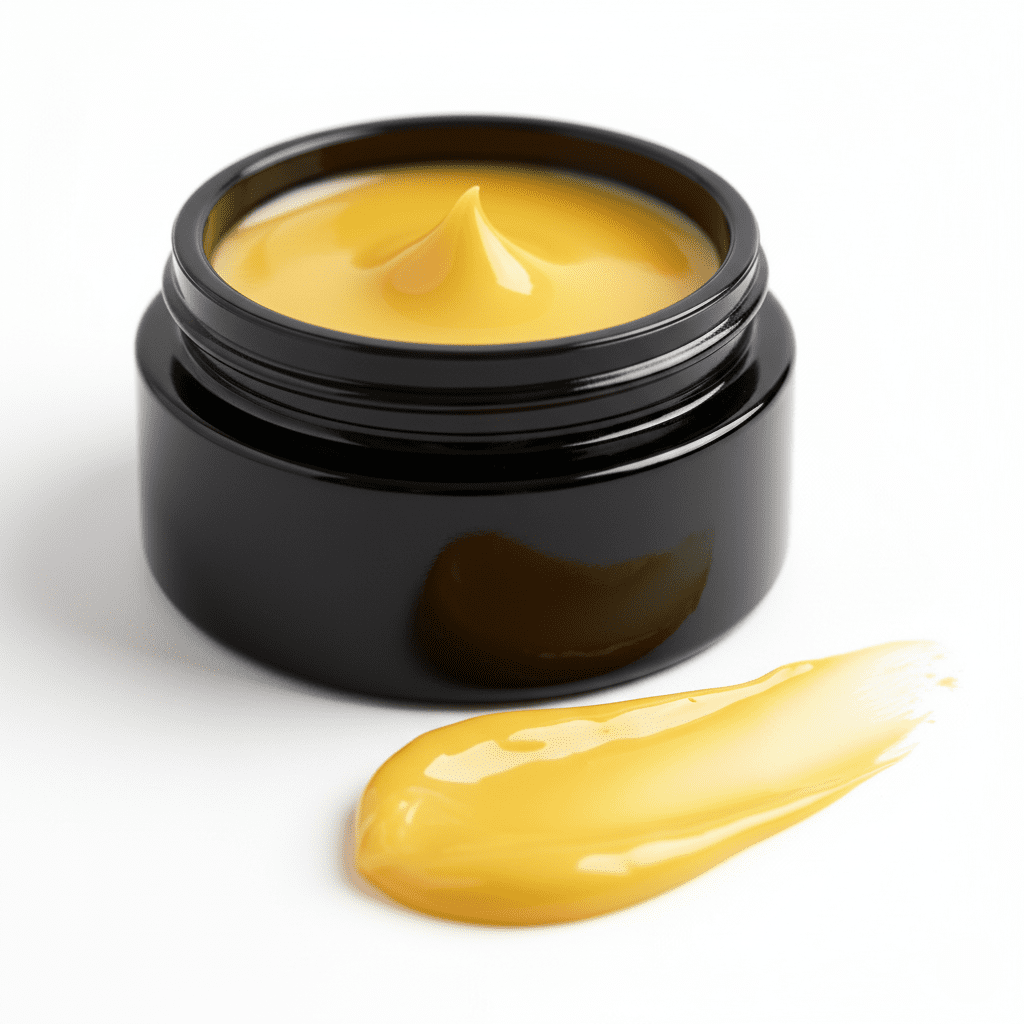
Azure Tansy
Balm™
Intensive Repair and Protection Complex
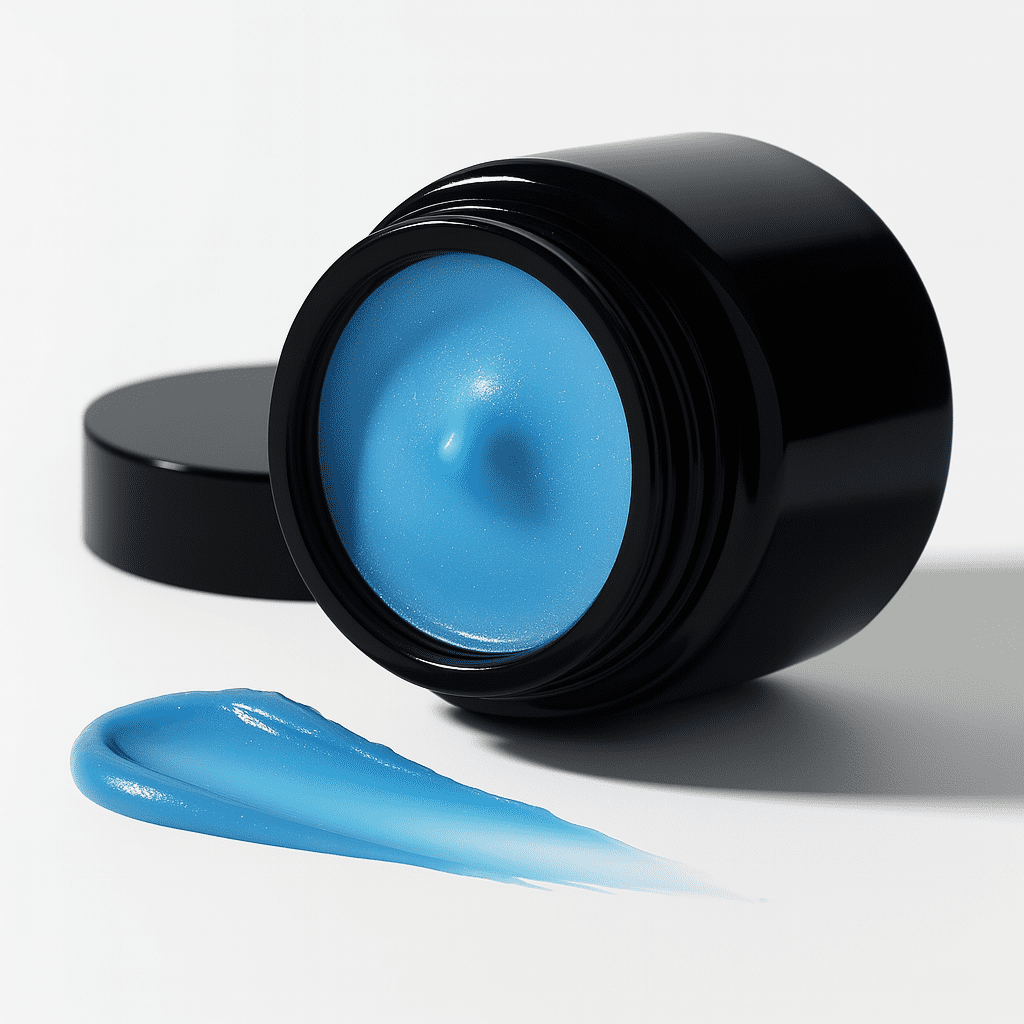
TerraPure - Original Deodorant
Powerful protection, naturally
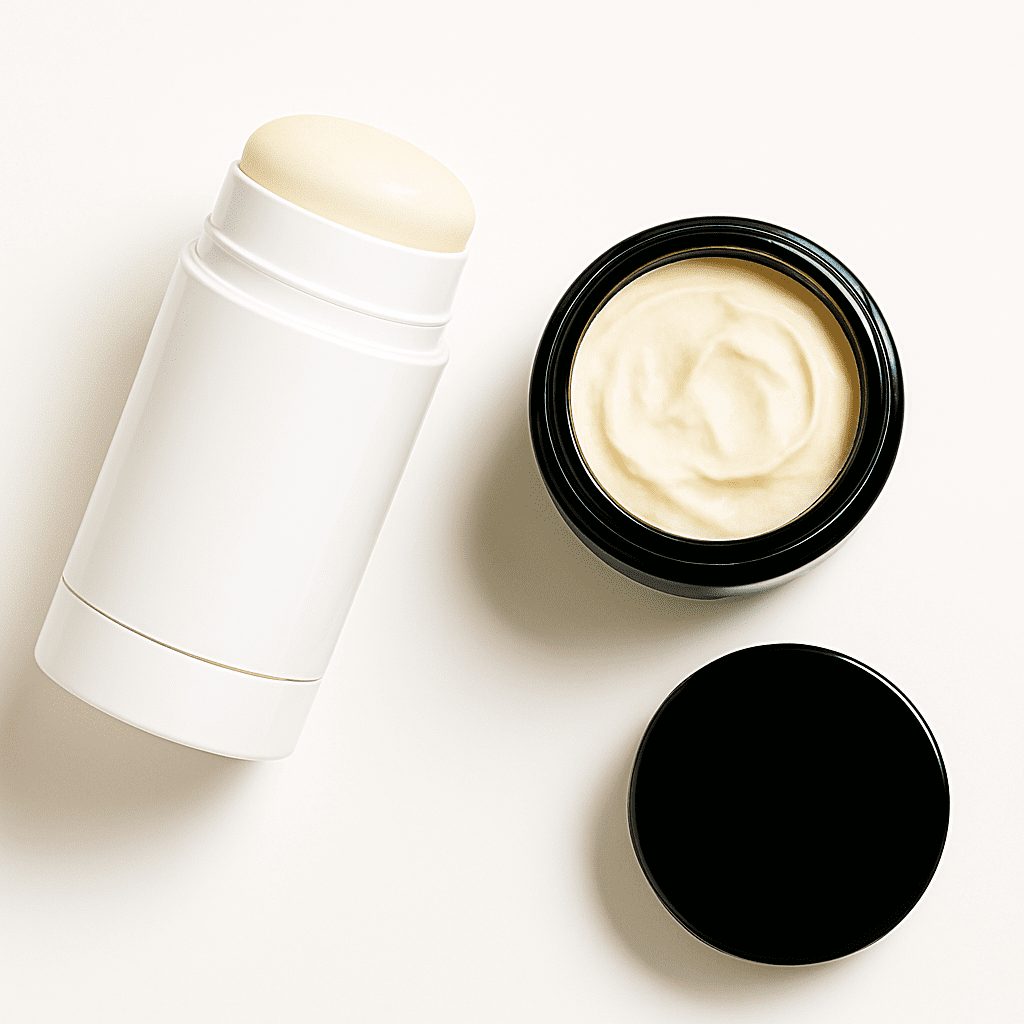
Restorative Phyto‑Serum Oil™
Renewal and Balance. Visible transformation in every drop
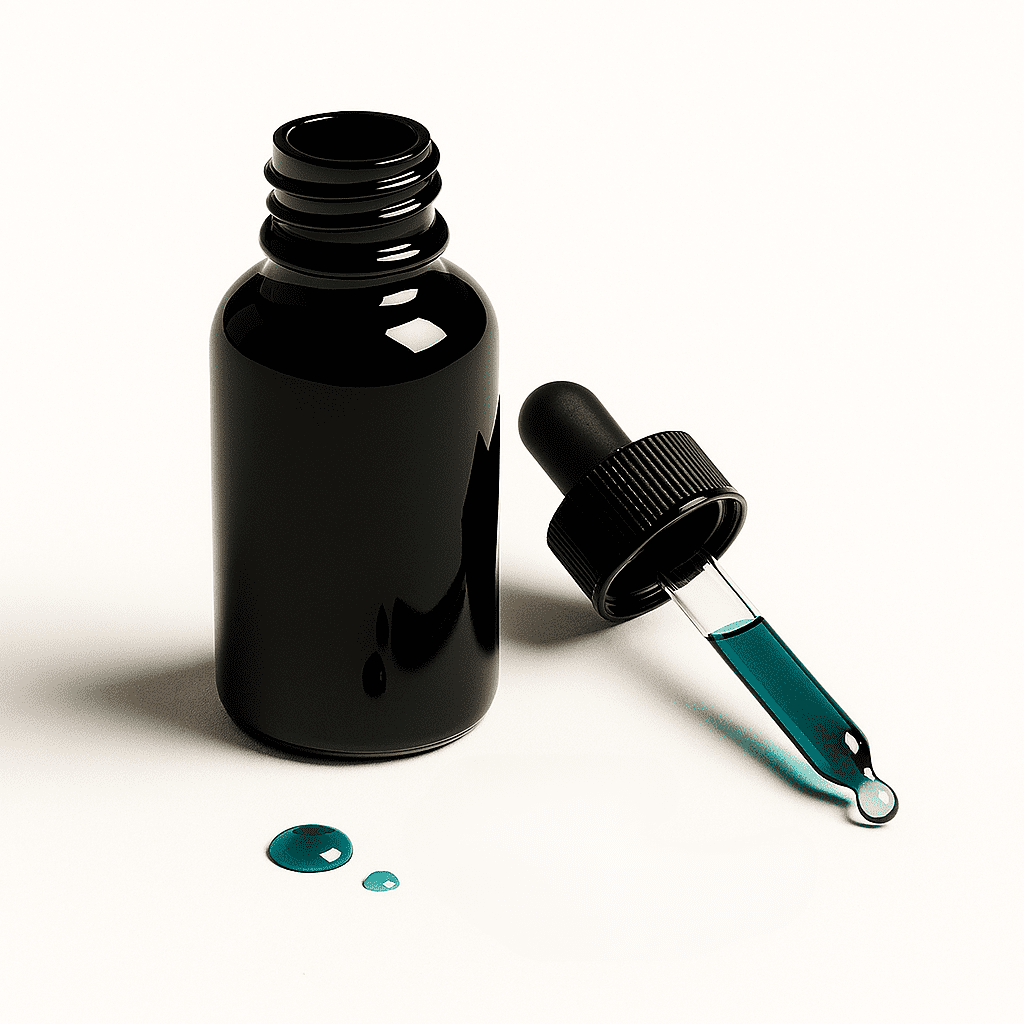
Performance‑led, nutrient‑rich compositions
Our House Collection
Calendula Balm - Original™
Restorative and Calming Concentrate

Azure Tansy
Balm™
Intensive Repair and Protection Complex

TerraPure - Original Deodorant
Powerful protection, naturally

Restorative Phyto‑Serum Oil™
Renewal and Balance. Visible transformation in every drop

